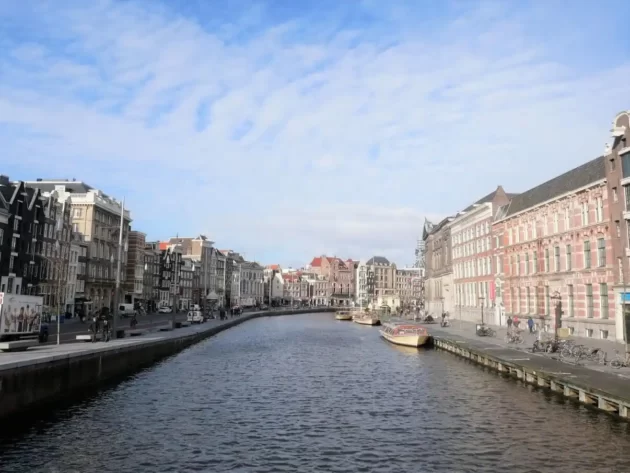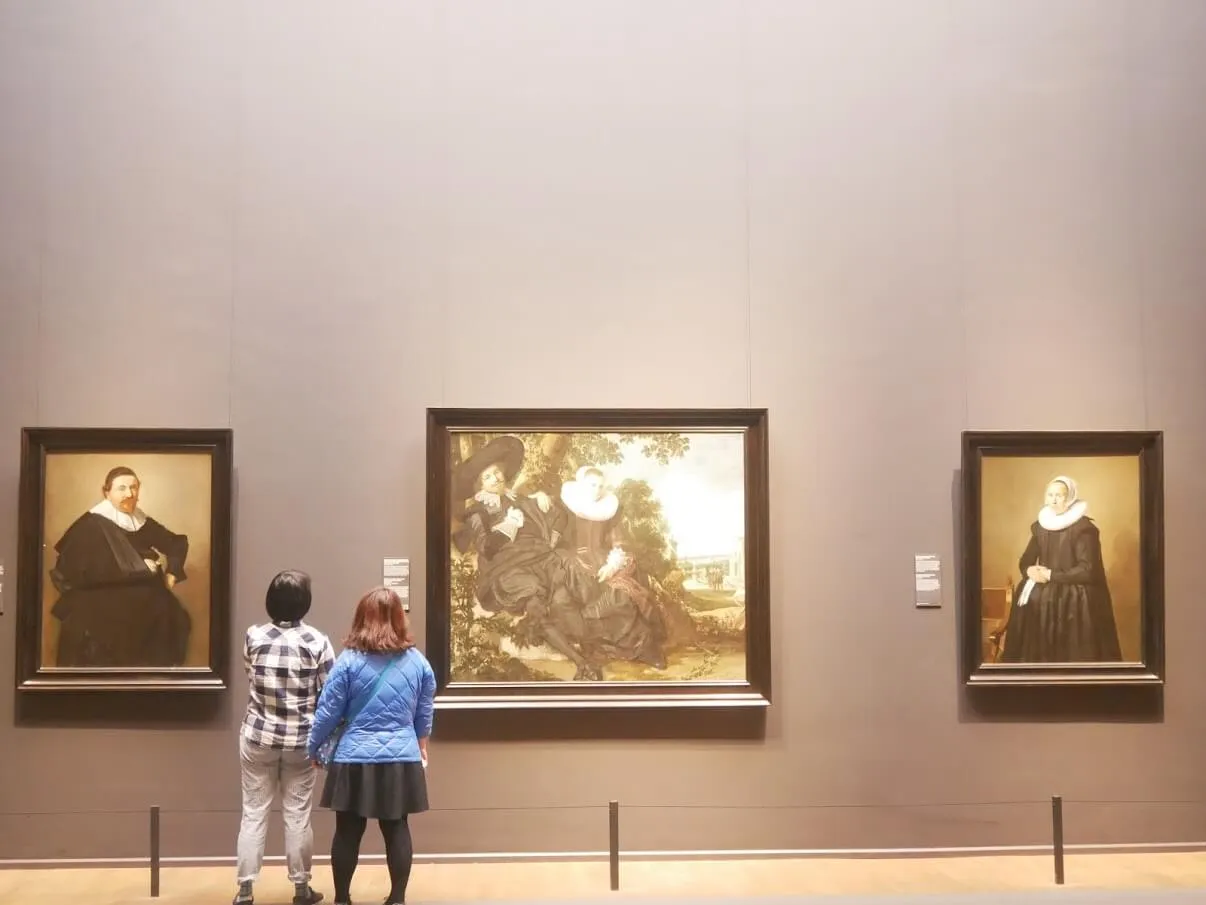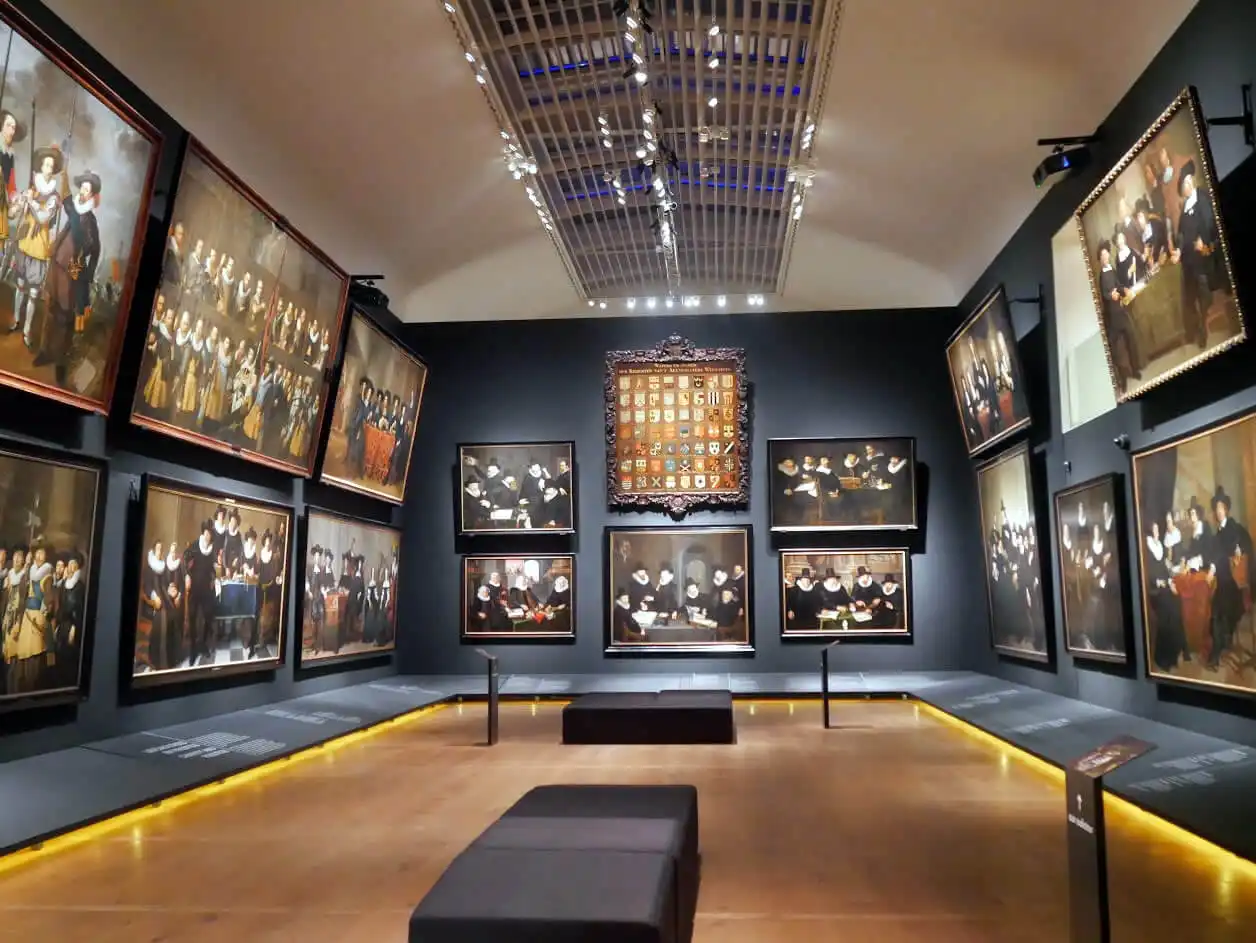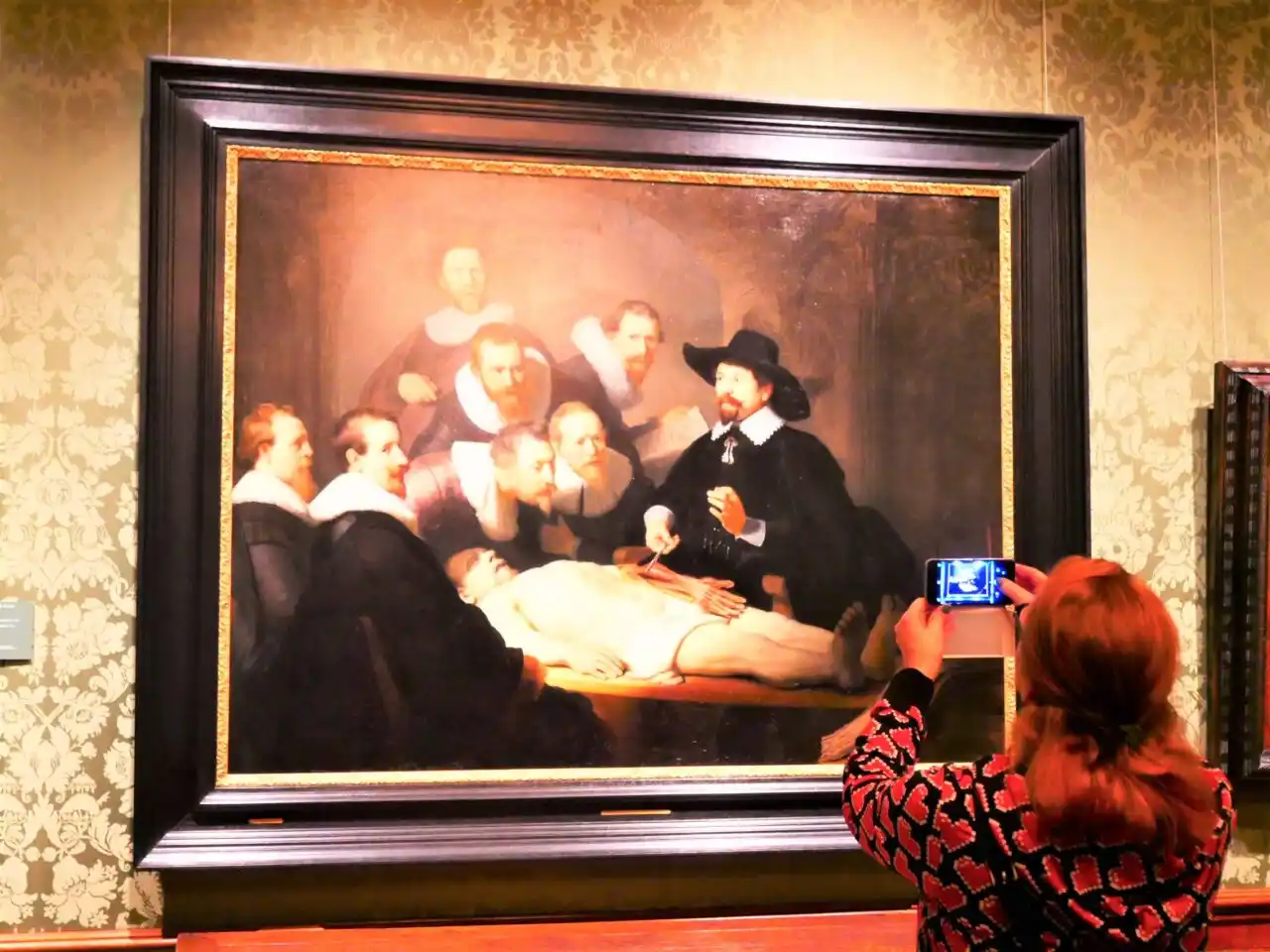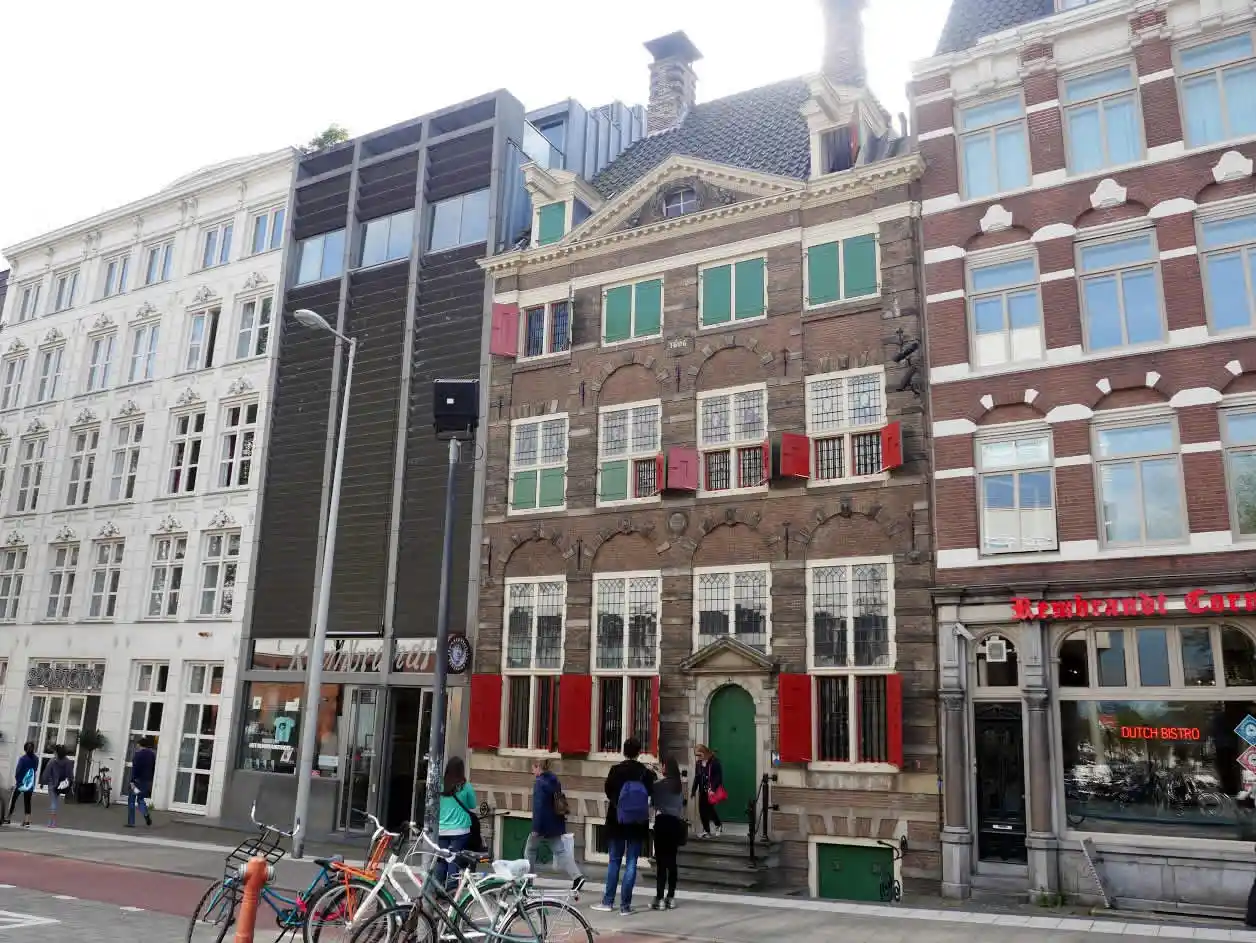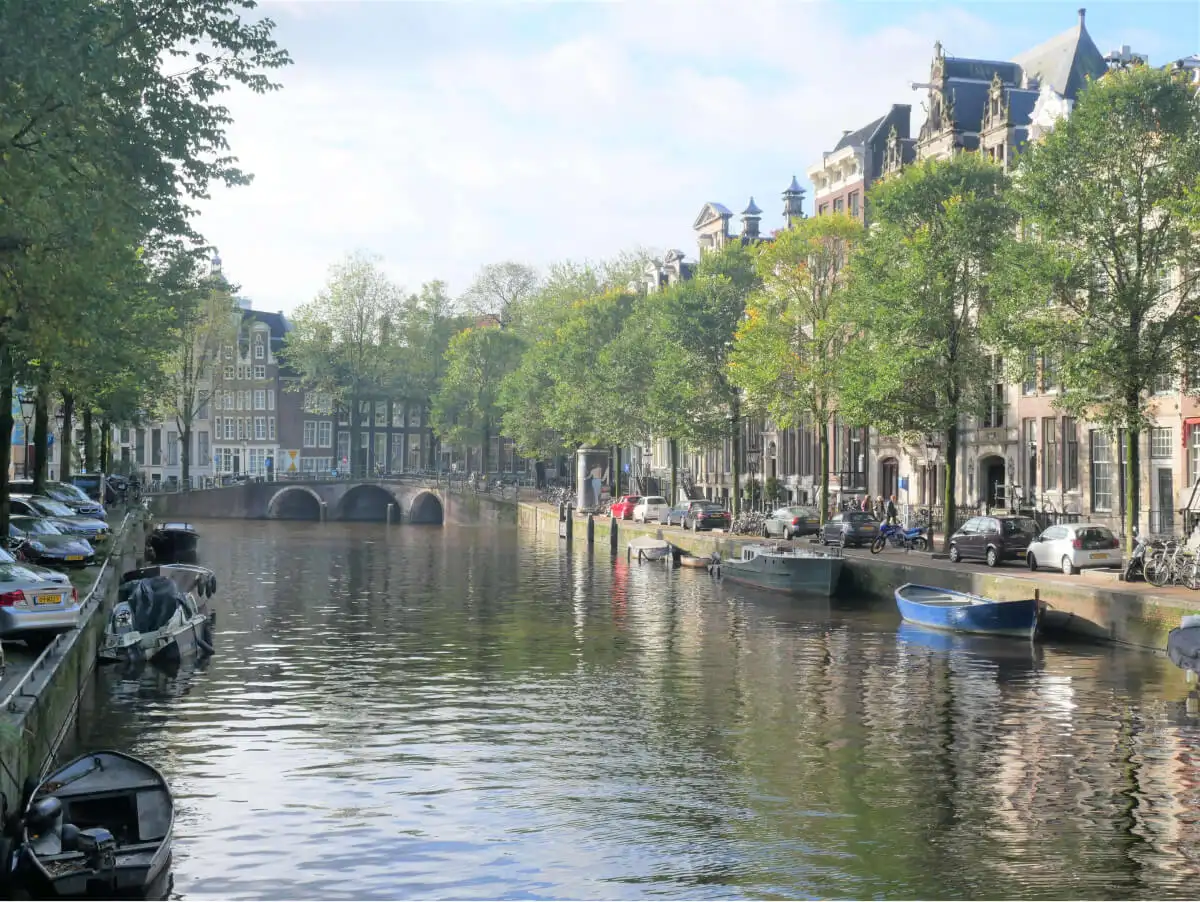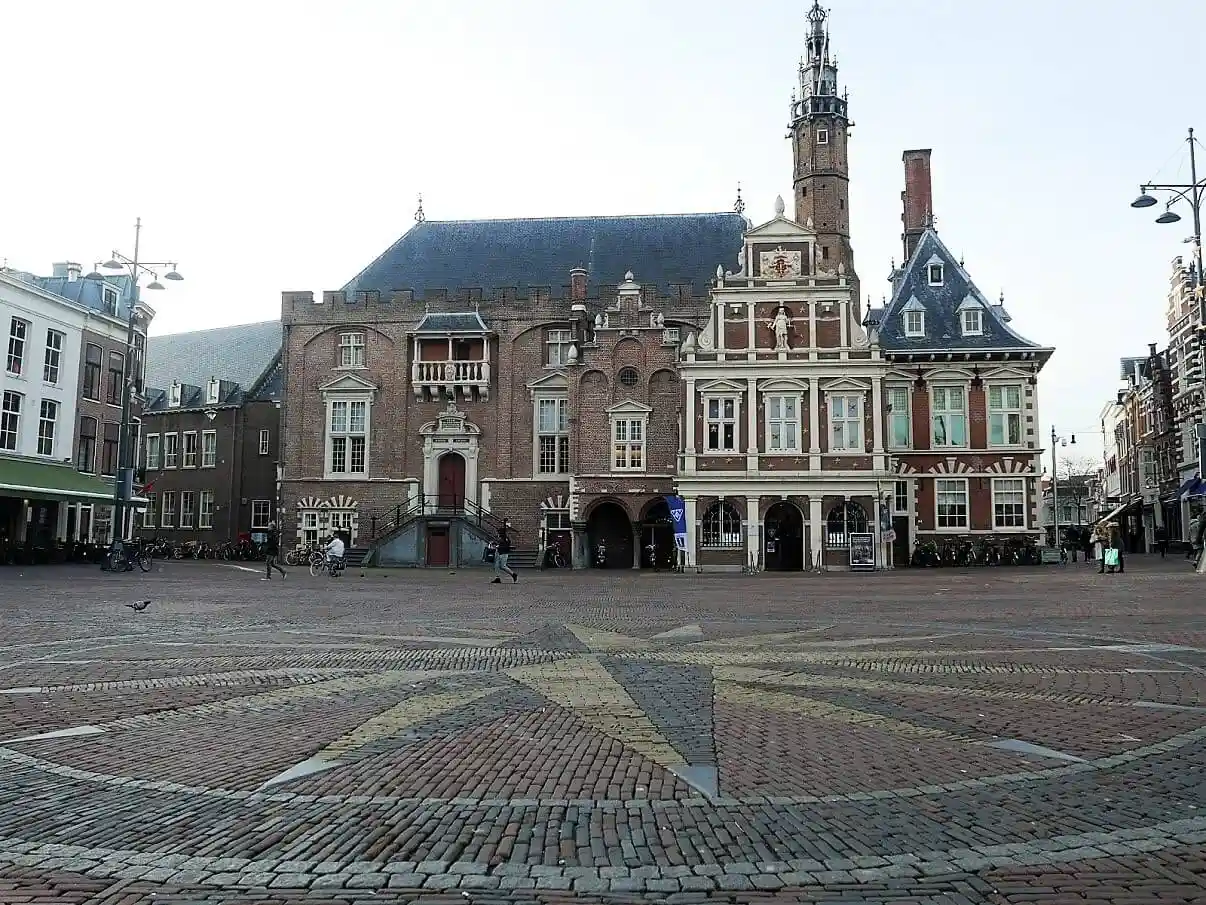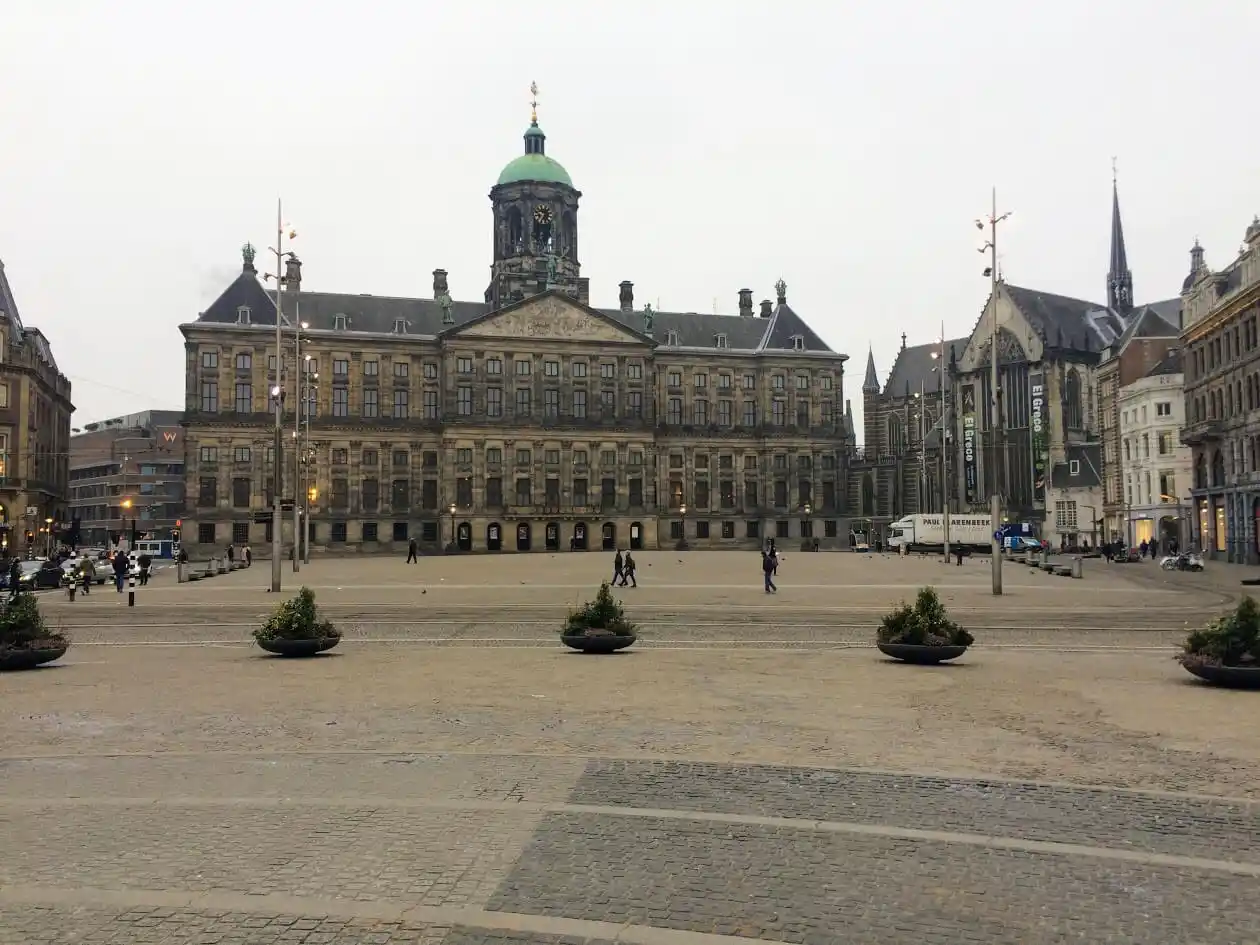Dutch Golden Age heritage sites are something you can not miss while in the Netherlands. The 17th century was the most glorious time for that country. Dutch ships were sailing worldwide and were bringing exotic and expensive goods back to the Netherlands. Society of wealthy middle-class free people started to develop, which led to establishing the only republic in Europe at that time. A good economy led to the flourishing of art and architecture. Which left the Netherlands today with numerous beautiful Dutch Golden Age heritage sites.
Dutch Golden Age Heritage Sites in the Netherlands
When travelling around the Netherlands, you’ll see all those magnificent Dutch Golden Age heritage sites. And when visiting its museums and cultural institutions, you’ll stumble upon numerous paintings created during that time, too.
⤷ Read more: Dutch towns you have to visit
But why the Dutch Golden Age happen?
Dutch Golden Age is roughly marking the first half of the 17th century. A few things happened simultaneously and led the Netherlands into the most prosperous time of its history.
Firstly, the political situation was stable. At the end of the 16th century, the Netherlands became an independent country. Before that, it was under the rule of the Habsburg family’s Spanish lineage and its infamous King Philip II. When they got their freedom, the Netherlands became a republic, which was an entirely unique political situation in Europe.
Secondly, with the development of the naval trade, Dutch people became quite wealthy. The majority of citizens in its cities such as Amsterdam, Haarlem or Den Haag were rich, middle-class people. They were pretty educated, as well.
You probably know Vermeer’s paintings with women reading letters on them. They are witnessing about well-educated Dutch women that knew how to read back in the 17th century. That’s also something quite exceptional for that time.
Thirdly, they were an open society back then, too. Many foreigners were coming to the Netherlands, bringing their expertise and knowledge with them also. For example, Jews from Portugal brought their maps with them to the Netherlands. And then they, together with Dutch people, used those maps for sailing.
⤷ Read more: Literary guide to Amsterdam
Museums with Dutch Golden Age paintings in the Netherlands
The art production was so rich during the Dutch Golden Ages you’ll find paintings from that time in so many museums around the Netherlands. The reason is once again in wealthy citizens who could afford to buy art for their homes.
That’s why the motives of those paintings are also attractive to those middle-class people. You won’t see portraits of kings and queens or religious art on them. Instead, you’ll see family portraits, everyday life scenes, still lifes etc.
Dutch Golden Age is when the most famous artists such as Rembrandt van Rijn, Johannes Vermeer or Frans Hals lived and worked in the Netherlands. It’s also the time of some influential scientists and philosophers like, Christiaan Huygens who invented the pendulum clock or Hugo Grotius, one of the initiators and authors of modern international law.
⤷ Read more: Best museums in Amsterdam
Rijksmuseum, Amsterdam
Address: Museumstraat 1, 1071 XX Amsterdam / Get your online ticket here
Rijksmuseum in Amsterdam is THE place to go for anyone interested in Dutch Golden Age paintings in the Netherlands. They have an extensive collection of them and some of the true masterpieces of that time. It’s home to Rembrandt‘s Night Watch ad Johannes Vermeer’s The Milkmaid.
⤷ Read more: 10 things you didn’t know about the Rijksmuseum
Watch this video to learn more about Rijksmuseum’s Dutch Golden Age art collection:
Hermitage Museum Amsterdam
Address: Amstel 51, 1018 DR Amsterdam / Get your online ticket here
Another interesting place to see some of the Dutch Golden Age paintings is the Hermitage Museum in Amsterdam. The museum’s central part is their Portrait Gallery of the 17th century, where they’re displaying some of the most exciting group portraits of that time. It will give you a great insight into the business and social life of the Netherlands in the 17th century.
The Amsterdam Museum, Amsterdam
Address: Kalverstraat 92, 1012 PH Amsterdam / Get your online ticket here
Located in a building used as an orphanage during the Dutch Golden Age, the Amsterdam Museum environment is the Dutch Golden Age heritage site itself. Besides that, it also has a great collection of Dutch 17th-century art focusing on the country’s capital – Amsterdam.
⤷ Read more: Best tours in Amsterdam recommended by a former tour guide
Mauritshuis, Den Haag
Address: Plein 29, 2511 CS Den Haag / Get your online ticket here
Mauritshuis is another museum on our list located inside the building built during the Dutch Golden Age. It’s also where some of the most beautiful Dutch Golden Age paintings are located. Vermeer’s Girl with a pearl earring, Rembrandt’s Anatomy lesson of dr. Nicolaes Tulp or Carel Fabritius’ The Goldfinch they all found their place in this museum.
Frans Hals Museum, Haarlem
Address: Groot Heiligland 62, 2011 ES Haarlem / Get your online ticket here
Located in the charming town of Haarlem, which was quite an important place during the Dutch Golden Age, this museum is focused on the work of one of the most famous 17th century Dutch painters – Frans Hals. Many of his work are displayed there, together with those of his contemporary painters.
⤷ Read more: Haarlem city guide
Rembrandt House Museum, Amsterdam
Address: / Get your online ticket here
If you want to immerse yourself in the Dutch Golden Age, this museum should definitely get to your list. It’s located in the house where one of the most famous Dutch 17th-century painters, Rembrandt van Rijn lived and worked for around twenty years. You’ll see the interior of a typical house from that time. But also a studio of a famous artist.
Most beautiful Dutch Golden Age architecture in the Netherlands
However, you won’t find traces of the Dutch Golden Age in museums only. Many beautiful buildings and heritage sites from the Dutch Golden Age are still preserved all around the Netherlands. Here are just some of them.
⤷ Read more: Museum Quarter in Amsterdam
Canal belt, Amsterdam
Address: streets Prinsengracht, Keizersgracht, Herengracht
The famous canal belt of Amsterdam is a true ode to the Dutch Golden Age. It was built during the 17th century, and many wealthy middle-class people built their houses there. A lot of those beautiful paintings located in some of the Dutch museums today were originally displayed in some of those buildings.
Walking along Herengracht in Amsterdam is almost like travelling back to the Golden Age of the Netherlands. The most beautiful of those buildings are in an area called the ‘Golden Bend’.
⤷ TIP: If you’d like to see how some of those 17th-century canal houses looked like from the inside, be sure to visit Het Grachtenhuis (Canal House Museum).
City Hall, Haarlem
Address: Grote Markt 2, 2011RD Haarlem
Although the building is originating from the 13th century, the façade that’s giving it its present shape was designed at the beginning of the 17th century. The building is still in use and can be visited during the Open Monumentendag, each year in September.
Westerkerk, Amsterdam
Address: Prinsengracht 279, 1016 GW Amsterdam
Built in the 17th century, this is one of the most beautiful Dutch Golden Age churches. It was designed by one of the most famous Dutch architects of that time, Hendrick de Keyser, buried in this church after his death.
But, he is not the only famous Dutch man whose grave was in it. Rembrandt van Rijn was buried in this church as well. However, since he was buried as a poor man in a group tomb, his remains were later transferred to an unknown place. There is still a stone plate inside the church witnessing that.
⤷ Read more: Self-guided tour – Follow in the footsteps of Rembrandt in Amsterdam
Royal Palace, Amsterdam
Address: Nieuwezijds Voorburgwal 147, 1012 RJ Amsterdam / Get your online ticket here
The Royal Palace, located at Dam Square in Amsterdam, was actually built as a City Hall in the 17th century. With its purpose, size and design, it’s witnessing about the Dutch Golden Age itself. Because of Amsterdam’s swampy soil, the huge building was built on more than 13,000 wooden pillars.
⤷ TIP: The building is open to the public and can be visited. Which I highly recommend to enjoy in its beautifully decorated interior.
The 17th century left a massive mark in today’s the Netherlands. There are so many paintings in Dutch museums created during that time. And so many beautiful Dutch Golden Age heritage sites and buildings all over the country. Hope this guide will help you in understanding that amazing time while exploring some of the most interesting Dutch Golden Age heritage sites.
⤷ TIP: Would you like to visit some other Dutch cities filled with art and culture? Check out Haarlem, Maastricht or Rotterdam.

